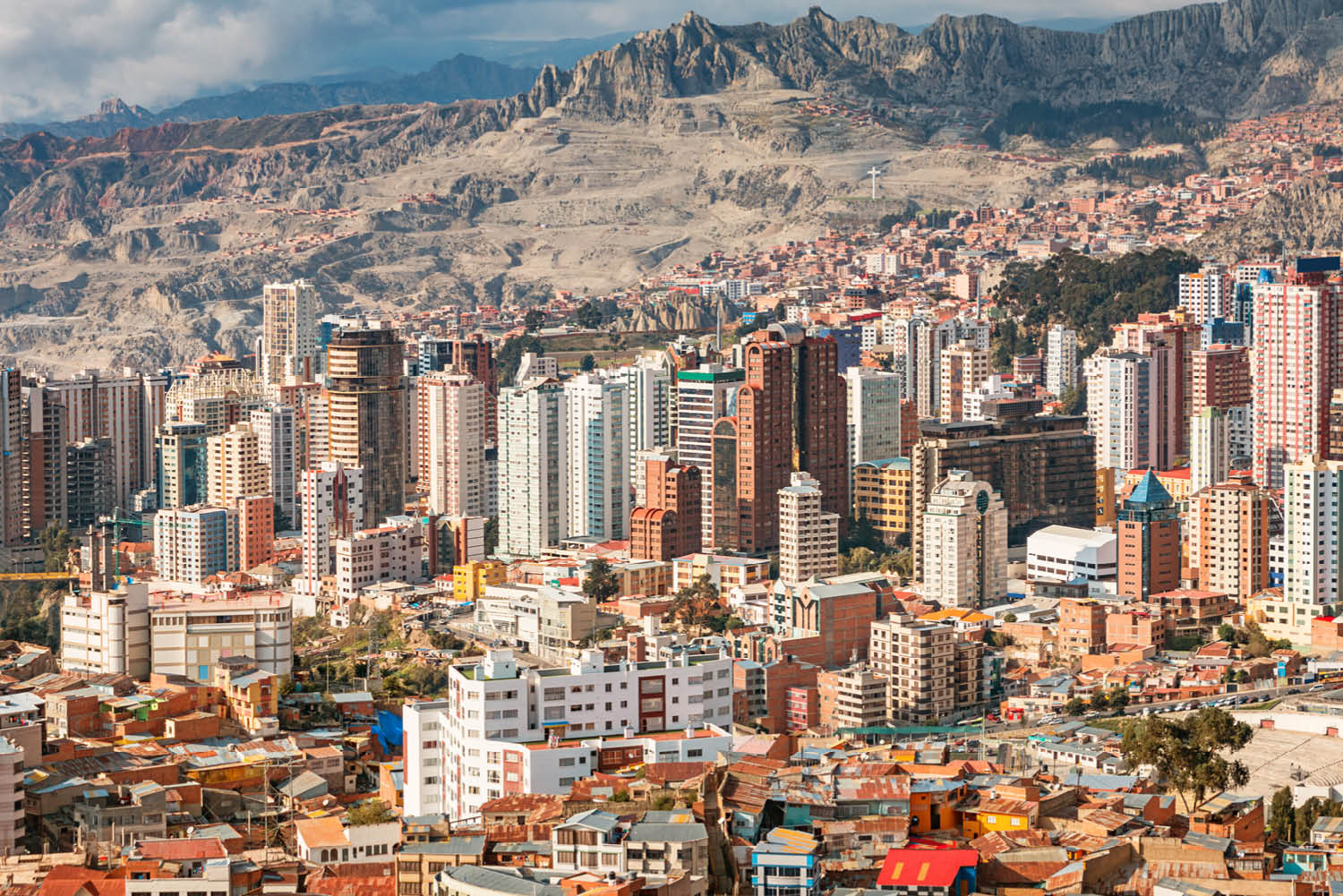Bolivia, a landlocked country in South America, is a place of extraordinary diversity and rich cultural heritage. Nestled in the heart of the Andes, it boasts stunning landscapes ranging from the vast Altiplano to the lush Amazon rainforest. Bolivia’s blend of indigenous cultures and colonial history makes it a fascinating destination for travelers seeking both adventure and cultural immersion.
Table of Contents
Geography
Bolivia is situated in the central part of South America, bordered by Brazil to the north and east, Paraguay and Argentina to the south, Chile to the southwest, and Peru to the northwest. The country covers an area of approximately 1,098,581 square kilometers, making it the fifth-largest country in South America. The terrain is incredibly varied, with the Andean mountain range dominating the western region, where you’ll find the Altiplano, a high plateau that is home to some of the country’s most iconic landmarks.
The eastern lowlands of Bolivia are part of the Amazon Basin, characterized by dense rainforests and tropical savannas. This region contrasts sharply with the arid, high-altitude landscapes of the west, showcasing Bolivia’s geographical diversity. The country’s highest peak, Sajama, rises to 6,542 meters, while the famous Uyuni Salt Flats are one of the flattest places on Earth.
States of Bolivia
Bolivia is divided into 9 departments, which are similar to states in other countries. These departments are:
| No. | Department | Capital |
|---|---|---|
| 1 | La Paz | La Paz |
| 2 | Santa Cruz | Santa Cruz de la Sierra |
| 3 | Cochabamba | Cochabamba |
| 4 | Oruro | Oruro |
| 5 | Potosí | Potosí |
| 6 | Chuquisaca | Sucre |
| 7 | Tarija | Tarija |
| 8 | Beni | Trinidad |
| 9 | Pando | Cobija |
History
Bolivia’s history is deeply intertwined with the indigenous civilizations that flourished long before the arrival of the Spanish. The Tiwanaku culture, one of the most significant pre-Columbian civilizations in South America, thrived in the region around Lake Titicaca from 300 to 1000 AD. The remnants of their advanced society, including monumental stone structures, can still be seen today near the modern-day town of Tiwanaku.
The Spanish conquest of the Inca Empire in the 16th century marked the beginning of colonial rule in Bolivia. The region, rich in silver, became one of the most valuable possessions of the Spanish Crown. Potosí, once the world’s largest industrial complex, was at the center of this wealth, with its famous Cerro Rico mountain yielding vast quantities of silver. However, the exploitation of indigenous labor and the harsh conditions in the mines led to significant suffering and population decline.
Bolivia gained independence from Spain in 1825, but its early years as a republic were marked by political instability and territorial losses, most notably in the War of the Pacific (1879–1884), where Bolivia lost its coastline to Chile. Despite these challenges, Bolivia has preserved a rich cultural heritage, with a significant portion of its population being of indigenous descent. This cultural diversity is reflected in Bolivia’s festivals, traditional clothing, and languages.
Top Ten Must-Visit Destinations
1. Salar de Uyuni
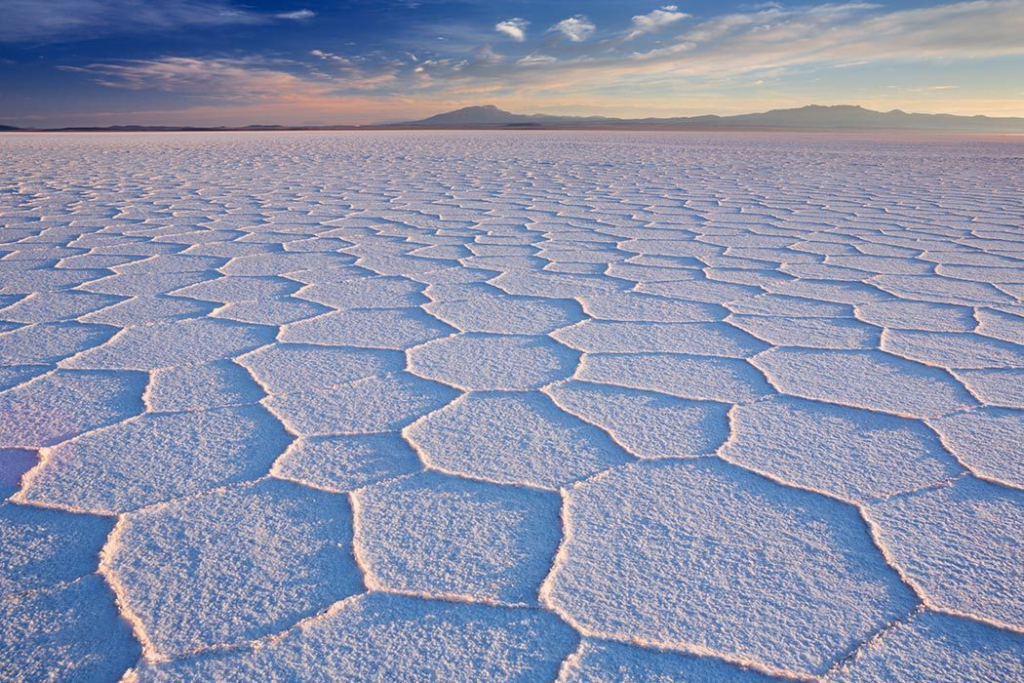
The world’s largest salt flat, Salar de Uyuni, is a surreal landscape of endless white expanses. Spanning over 10,000 square kilometers, it offers a unique visual experience, particularly during the rainy season when it transforms into a giant mirror. The salt flats are a remnant of an ancient lake and are surrounded by stunning geological features, including volcanic peaks and colorful lagoons. Visitors can explore the salt crust, visit the isolated salt hotel, and enjoy breathtaking views that seem to stretch into infinity.
2. La Paz
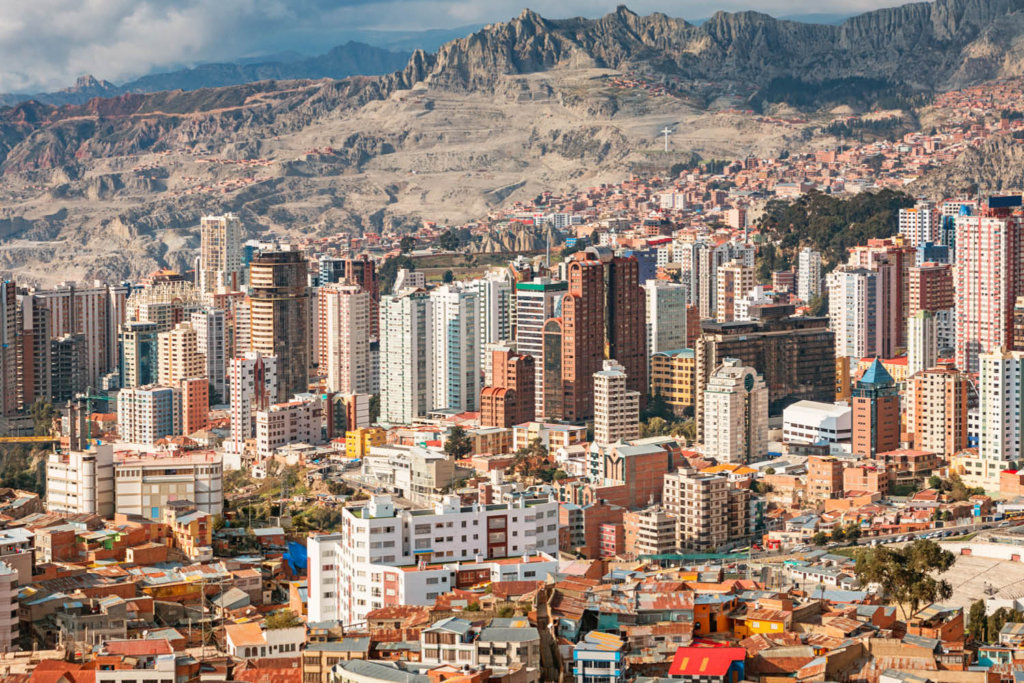
As the world’s highest administrative capital, La Paz is a city of contrasts, perched in a deep valley surrounded by towering mountains. The city’s unique geography creates dramatic vistas and a vibrant urban landscape. Key attractions include the Witches’ Market, where vendors sell traditional remedies and mystical artifacts, and the Valle de la Luna, a moon-like landscape of eroded rock formations. The cable car system, known as Mi Teleférico, provides spectacular aerial views of the city and the surrounding mountains.
3. Lake Titicaca
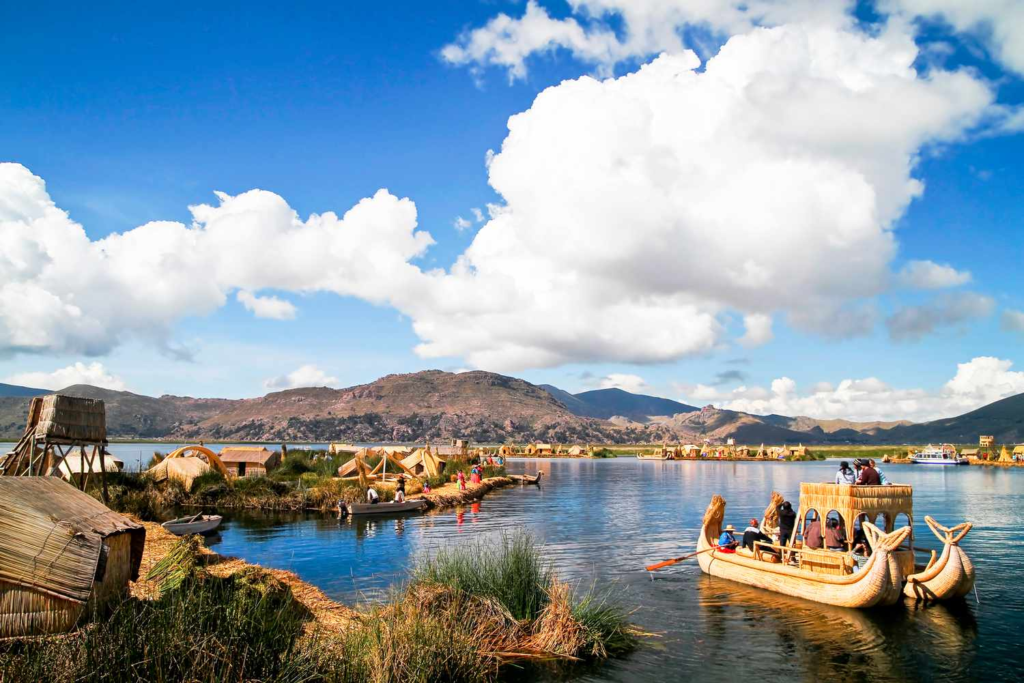
The highest navigable lake in the world, Lake Titicaca, straddles the border between Bolivia and Peru. It is a place of great cultural and spiritual significance, with ancient ruins and traditional indigenous communities residing on its islands. The lake is home to the Uros people, who live on floating reed islands, and the island of Isla del Sol, which is believed to be the birthplace of the Inca civilization. Visitors can explore these islands, learn about local traditions, and enjoy stunning views of the lake’s deep blue waters.
4. Madidi National Park
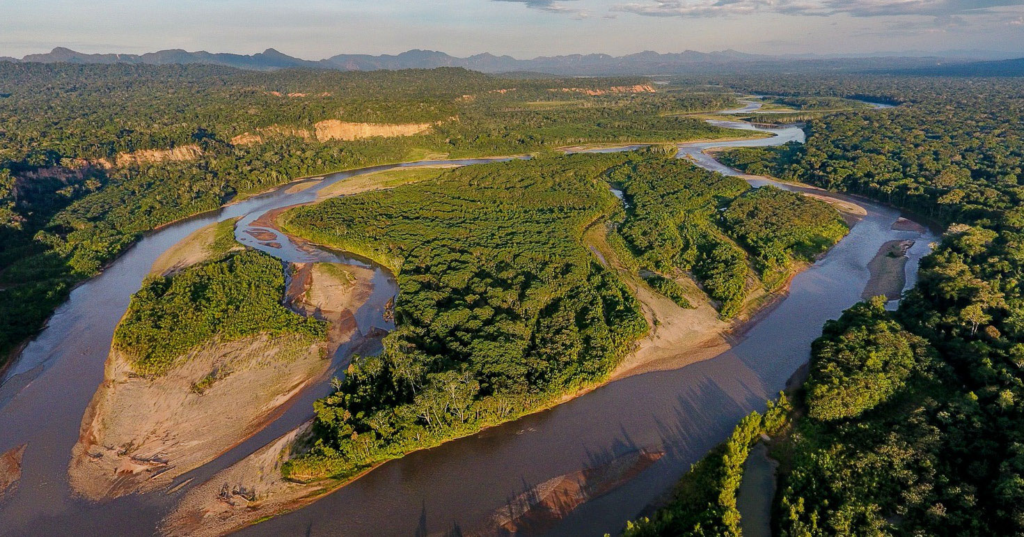
Located in the Amazon Basin, Madidi National Park is one of the most biodiverse areas on the planet. Covering over 1.8 million hectares, the park encompasses a wide range of ecosystems, from lowland rainforests to high-altitude cloud forests. It is a haven for wildlife enthusiasts, with opportunities to spot rare species such as jaguars, capybaras, and hundreds of bird species. The park also offers guided tours, treks, and riverboat excursions, providing a chance to experience the Amazon’s incredible biodiversity up close.
5. Sucre
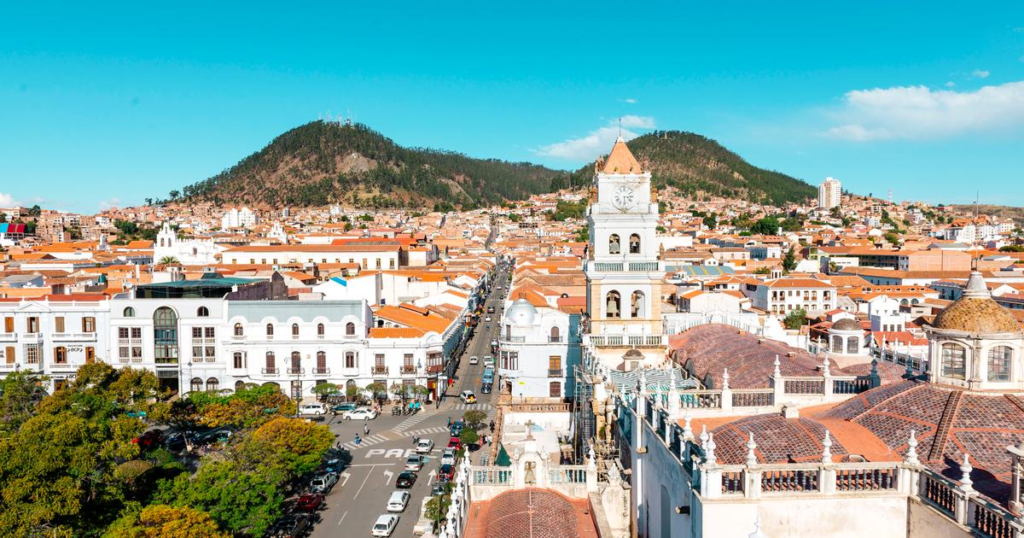
The constitutional capital of Bolivia, Sucre, is known for its well-preserved colonial architecture and historical significance. The city’s whitewashed buildings, narrow streets, and beautiful plazas reflect its Spanish colonial past. Key sites include the Casa de la Libertad, where Bolivia’s Declaration of Independence was signed, and the charming Plaza 25 de Mayo. Sucre’s historical ambiance, combined with its cultural institutions and vibrant local markets, makes it a must-visit destination for history buffs and culture seekers.
6. Potosí
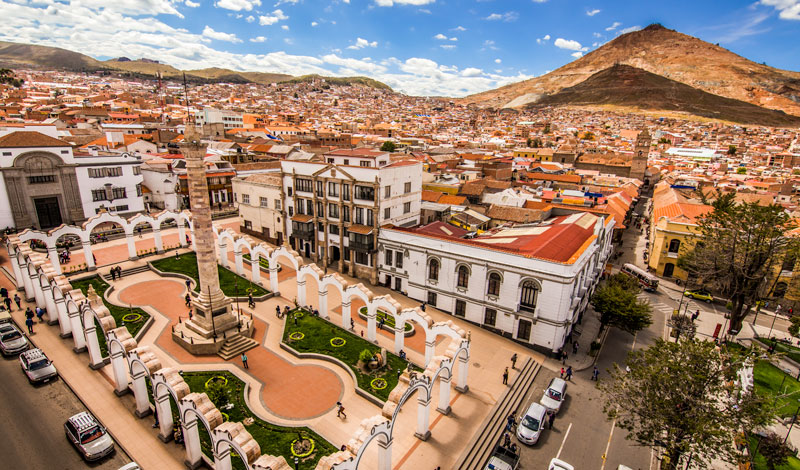
Once one of the richest cities in the world, Potosí is renowned for its Cerro Rico (Rich Mountain), which was a major source of silver during the Spanish colonial period. The city’s colonial architecture, including its ornate churches and mansions, serves as a testament to its historical wealth. Visitors can tour the mines of Cerro Rico, where the harsh conditions of silver extraction are still evident, and learn about the city’s role in global history. The city’s rich heritage and dramatic history offer a poignant glimpse into the past.
7. Tiwanaku
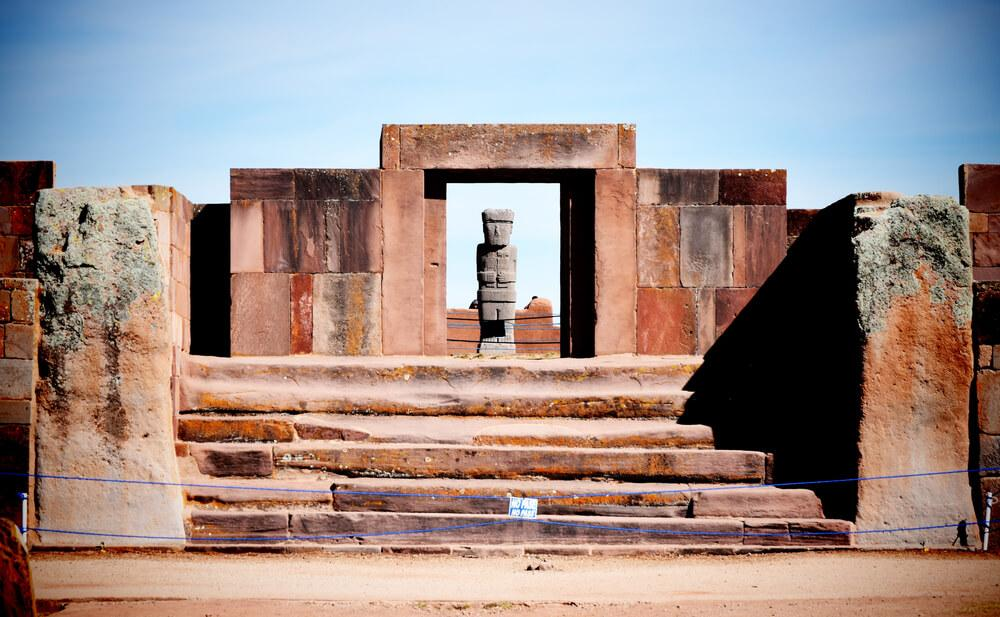
This ancient archaeological site near Lake Titicaca is the former center of the Tiwanaku civilization, which flourished from 300 to 1000 AD. The site features impressive stone structures, including the famous Gateway of the Sun and the Kalasasaya temple, which highlight the advanced engineering and astronomical knowledge of the Tiwanaku people. Tiwanaku is an important cultural and historical site, offering insights into pre-Columbian civilizations and their influence on the region’s history and culture.
8. Rurrenabaque
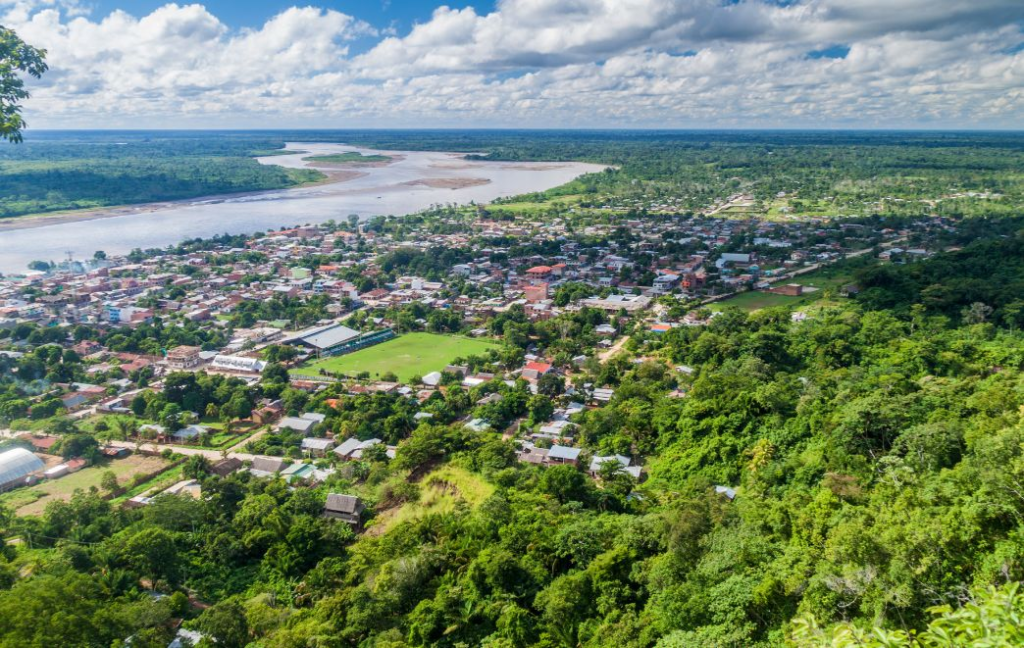
Rurrenabaque is a small town in the northern part of Bolivia, serving as a gateway to the Amazon rainforest and the Pampas. The town is popular for its eco-tourism opportunities, including jungle treks, wildlife spotting, and riverboat tours. Visitors can explore the lush rainforests, encounter exotic wildlife such as monkeys and pink river dolphins, and experience the unique ecosystems of the Pampas region. Rurrenabaque’s natural beauty and adventure activities make it a top destination for nature enthusiasts and thrill-seekers.
9. Sajama National Park
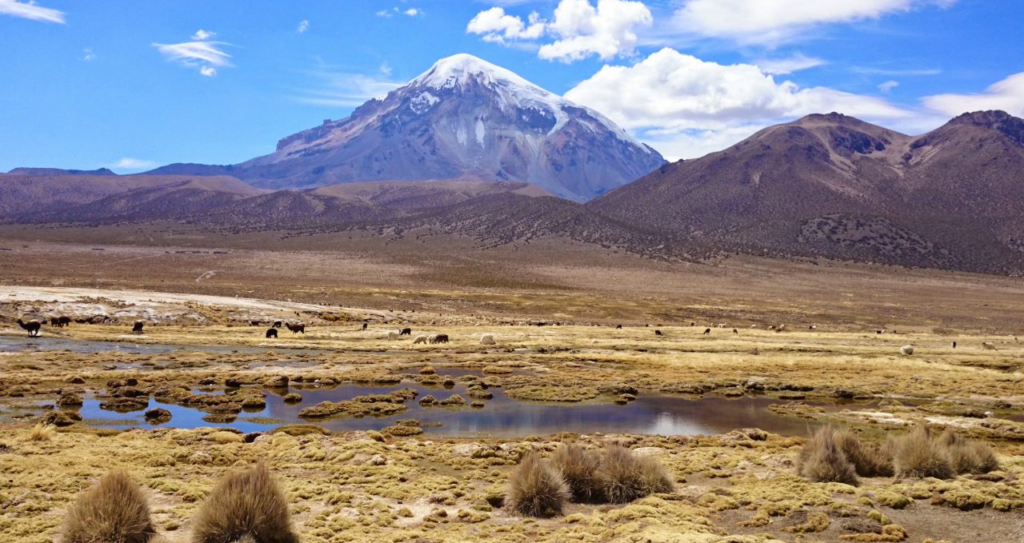
Home to Bolivia’s highest peak, Sajama National Park is a remote and rugged area ideal for outdoor enthusiasts. The park features dramatic landscapes, including volcanic peaks, alpine meadows, and hot springs. Sajama, at 6,542 meters, is a popular destination for mountaineers and trekkers, offering challenging climbs and stunning views. The park also provides opportunities for exploring traditional Andean villages, observing wildlife, and soaking in natural hot springs, making it a diverse and rewarding destination for adventure travelers.
10. Yungas Road
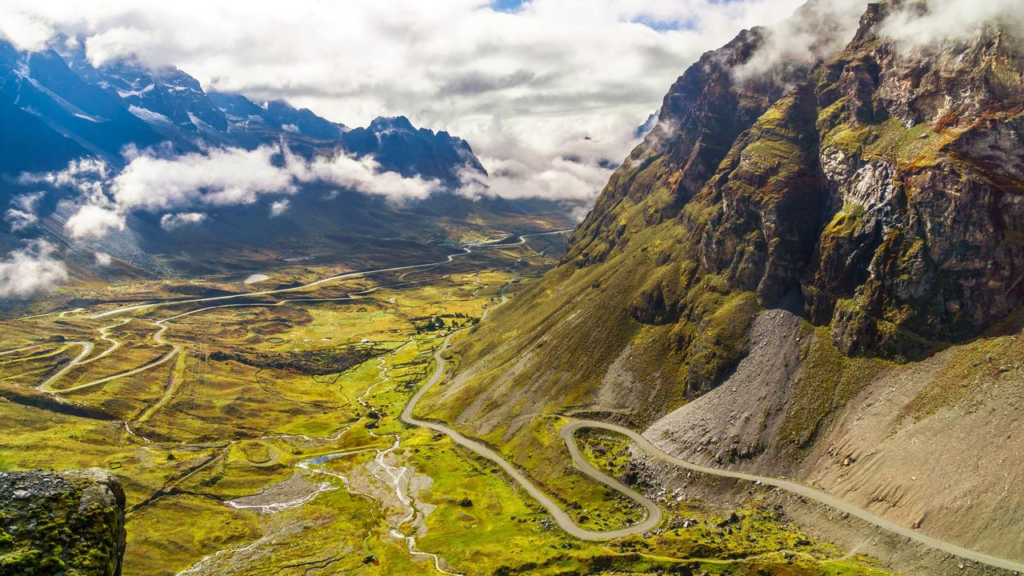
Known as the “Death Road,” Yungas Road is infamous for its treacherous conditions and stunning scenery. The road descends from the high Andes into the lush Yungas region, offering dramatic views of the surrounding mountains and valleys. Despite its dangers, it is a popular route for adventurous cyclists who seek the thrill of navigating its challenging terrain. The road’s combination of breathtaking scenery and adrenaline-pumping excitement makes it a unique experience for those looking to push their limits.
Culture
Bolivia’s culture is a vibrant tapestry woven from its indigenous roots and colonial influences. With over 30 indigenous groups, including the Aymara, Quechua, and Guarani, Bolivia is one of the most ethnically diverse countries in South America. These indigenous communities have preserved their languages, traditions, and customs, which are evident in everything from the country’s colorful textiles to its traditional music and dance.
Spanish is the official language, but many indigenous languages, such as Quechua and Aymara, are also widely spoken. Traditional clothing, like the pollera worn by indigenous women, is still common in rural areas and during festivals. Bolivia’s cultural heritage is also reflected in its cuisine, handicrafts, and religious practices, many of which blend indigenous beliefs with Catholicism.
Festivals
Bolivia is renowned for its vibrant festivals, which are deeply rooted in its indigenous and Catholic traditions. One of the most famous is Carnaval de Oruro, a UNESCO-recognized event that takes place in the mining city of Oruro. This spectacular festival features elaborate costumes, lively music, and intricate dances, including the famous Diablada, or Dance of the Devils. The festival is a celebration of both Andean and Christian beliefs, with origins dating back to pre-Columbian times.
Another important festival is Semana Santa (Holy Week), celebrated throughout the country with processions, religious ceremonies, and traditional food. In La Paz, the Gran Poder festival is a major cultural event that honors the Lord of Great Power, blending indigenous and Catholic traditions in a colorful display of music, dance, and devotion.
Economy
Bolivia’s economy is heavily dependent on its natural resources, particularly in mining and hydrocarbons. The country is rich in minerals like silver, tin, and lithium, the latter
being a crucial component for batteries in the global technology market. The extraction and export of these resources have been central to Bolivia’s economic development, though they have also led to environmental and social challenges.
Agriculture is another key sector, with Bolivia producing crops such as quinoa, soybeans, and coca leaves. Quinoa, in particular, has gained international recognition for its nutritional value and is a significant export product. Bolivia’s economy also benefits from tourism, which brings revenue through its diverse landscapes, cultural heritage, and historical sites.
Cuisine
Bolivian cuisine is a reflection of its diverse geography and cultural influences. Salteñas are a popular snack, akin to empanadas, filled with a mixture of meat, vegetables, and spices, and enjoyed as a hearty, flavorful treat. Pique a lo Macho is another traditional dish, featuring chunks of beef, sausages, and vegetables stir-fried with spicy sauces, often served with potatoes or rice.
Bolivia’s culinary traditions also include Sopa de Mani, a peanut-based soup that showcases the country’s use of local ingredients and flavors. This dish is often accompanied by traditional side dishes like llajwa, a spicy tomato and chili sauce, and tucumanas, a type of savory pastry. The variety and richness of Bolivian cuisine offer a taste of the country’s cultural diversity and history.
Top Eight Most Famous Food
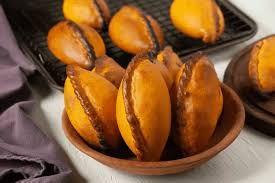
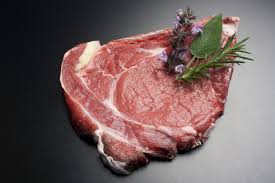
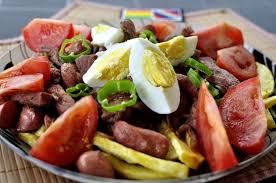
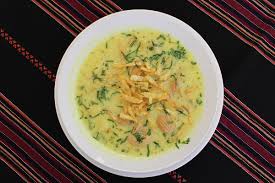

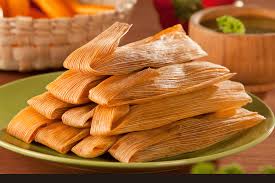
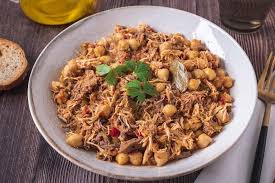
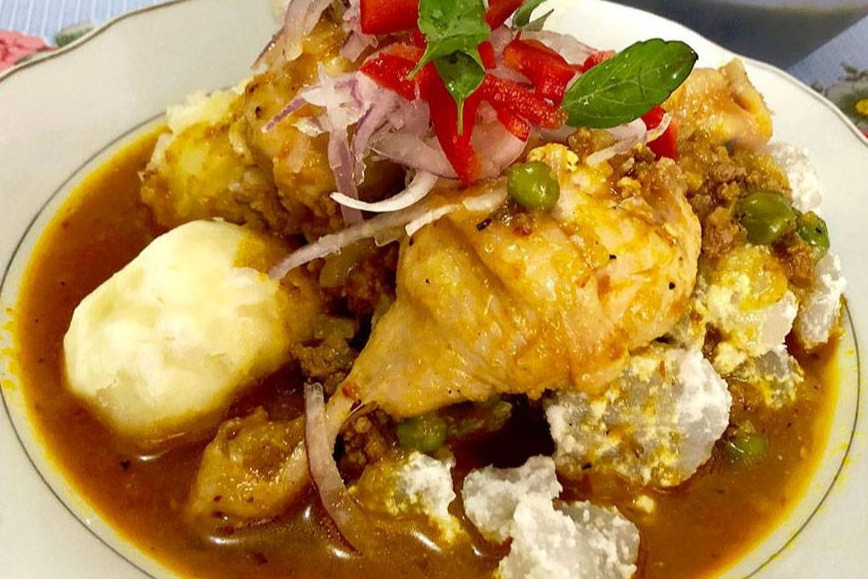
Ten Interesting Facts About Bolivia
- Bolivia is named after Simón Bolívar, a key figure in Latin America’s fight for independence.
- The country has two capitals: La Paz (administrative) and Sucre (constitutional).
- Bolivia is home to the world’s highest navigable lake, Lake Titicaca.
- The Salar de Uyuni is the largest salt flat in the world.
- Bolivia has more than 30 official languages, including Quechua, Aymara, and Spanish.
- The city of Potosí was once one of the wealthiest in the world due to its silver mines.
- Bolivia’s Yungas Road is known as the “Death Road” due to its dangerous conditions.
- The country is one of the world’s top producers of quinoa.
- Bolivia’s indigenous population makes up over 60% of the country’s total population.
- The Aymara people celebrate their New Year in June, during the winter solstice.
Conclusion
Bolivia offers an unparalleled blend of natural beauty, cultural richness, and historical depth. From the otherworldly landscapes of Salar de Uyuni to the vibrant festivals and diverse cuisine, Bolivia is a country that captivates and inspires. Whether you’re exploring ancient ruins, immersing yourself in local traditions, or simply enjoying its stunning scenery, Bolivia promises an unforgettable journey through one of South America’s most intriguing destinations.

